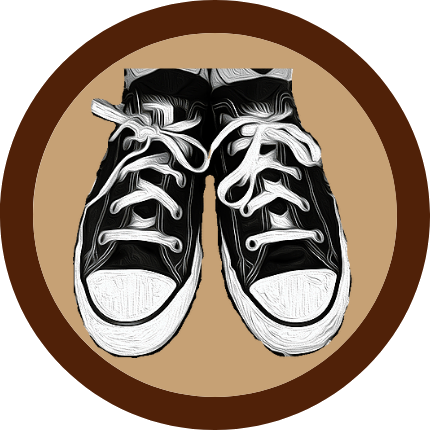What are You Not Going to Do?
In August, I relaunched my consulting business, and so far, it has been pure joy!
In the past month and a half, I’ve been up to a lot:
I delivered my first keynote
I traveled a lot and co-facilitated my first in-person workshops/retreats in two and a half years
I forged new professional connections—with consultants, new coaching clients, and new schools/organizations
I deepened existing partnerships and professional friendships
I read a lot—for pleasure and for business
I have been busy in my design lab, building fall workshops and my first set of public offerings, coming in 2023
I prioritized my healing, recovery, and rest
There’s also a lot I didn’t do:
I didn’t work most Fridays
I didn’t clear my inbox, which I used to do religiously
I didn’t take on new clients when I reached my capacity for 2022 (saying no has been hard for me)
I didn’t finish a couple books I started, and I won’t
I didn’t write a newsletter
I didn’t fill my time with stuff when I was bored
I didn’t beat myself up for what I didn’t do
Recovery and Healing are Not One-Time Events
Right after I returned from summer travel, I received a package in the mail from a dear friend; in it was a book by Brianna Wiest, When You’re Ready, This is How You Heal. It was a book I didn’t know I needed until I opened it. Each chapter is a brief essay about what we need to reflect on and consider to align our lives with our values. It doesn’t contain rosy sentiments or easy pathways to healing. Wiest asks her readers to confront the realities we face and consider the conditions for our growth, liberation, and wholeness. She also offers readers some indicators about when you’re on the right path: it doesn’t always feel good, but it definitely feels right.
At that time, I was working on my first keynote for a local equity conference. I was asked to share some wisdom for educators about the year ahead. I thought about the following in preparation:
Inequities still persist in our schools; the toll that has been taken on all of us, particularly more historically marginalized populations, is deep. I recognize many of us are re-entering/have re-entered places that still cause harm, that still operated in unsustainable ways.
If we are going to create more equitable conditions for young people, we need to behave and act differently—and model more humane, healthy practices in our sites
In order to confront the realities we face as we begin the year ahead, to foster our own sustainability within our sphere of influence, we need tools for healing and recovery. We need to recognize that, as Wiest articulates, healing (and recovery) are not one time events. We need ongoing practices, small acts, that can support us to stay in this work.
Drawing upon the wisdom Wiest—and so many others—offers, and tapping into my tools as a Transformational Coach, I created a journey to healing guide for the year ahead. The following is a brief overview its components:
When I delivered the keynote, I shared some additional practices to stay creative, cultivate rest and joy, and to set boundaries when necessary (you can download the full deck by visiting my resources page).
I always strive to model what I’m asking others to do, and I’ve been using the “journey to healing” process as a pathway for my own work this year. One area I’m working on most is setting and holding boundaries—saying no, and determining what I’m NOT going to do. It has been difficult for me (I’m a pleaser; I like to be helpful), but also freeing.
So much of our focus is comprised of production: tangible goals and visible artifacts of practice. I fall into that same camp. I am certainly a goal-setter, and I like making cool shit. But just as I learned in all my art classes growing up, the “negative space”—the space that surrounds the image—says just as much as the image itself.
My focus is on the negative space, the space that liberates me from the constraints and conditioning I’ve been raised with. It’s a space that’s not filled with stuff, that gives me freedom to explore, think, be bored at times, and stay present (even when it’s uncomfortable). The negative space—all I am not going to do—is part of my pathway for healing.
As you think about the coming weeks/months this fall, how might you embrace the liberation of negative space? What are you not going to do in service of your healing?
And if you get a chance, let me know how it’s going.

